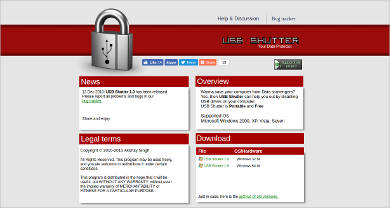

I repeated the write test, this time using a single large (2.55GB) test file and it also paused a couple of times briefly through the process. Writing 5.55GB to the JumpDrive – those valleys are actual brief pauses Some kind of wear levelling or other housekeeping going on inside? The dips didn’t seem to coincide with opening and closing files. What the graph doesn’t show is those dips were usually complete stops for a second or two. It took 150.6 seconds for a respectable overall speed of 37.7Mbps, but as the Windows graph shows, it spent a lot of time running at nearly 90Mbps, slightly exceeding that a couple of times, and then would slow right down. Looks to me like the read speed rating was pretty spot on.Ĭopying the same package back (after an eject and reinsertion) was a different proposition. The coping was fairly smooth, starting at 149MB/s but with the rate starting to wobble a bit between that high and as low as 120MB/s. That package took 41.2 seconds to copy to my desktop’s SSD from the Lexar JumpDrive Tough for an average speed of 137.8MB/s. There were 14 files and two folders, totalling 5.55GB. I used a bunch of video files for a speed test. The interface is USB 3.1, but of course that’s backwards compatible with older USB versions. Perhaps the NSA could eventually break it, but few others.
#LEXAR ENCRYPTSTICK LITE.APP SOFTWARE#
It comes with “EncryptStick Lite” software so you can encrypt everything on the drive, if you like, with 256 bit AES encryption.

Lexar says that the drive can be read from at up to 150MB/s and written to at up to 60MB/s. The other end has a decent sized loop for adding to a key ring or whatever. It works best grabbed on the wider dimension rather than on the flat. The cap is kind of rubberised and I found it hard to get off initially, because I was squeezing it for a better grip, which was in turn increasing its friction against the metal of USB connector.


 0 kommentar(er)
0 kommentar(er)
